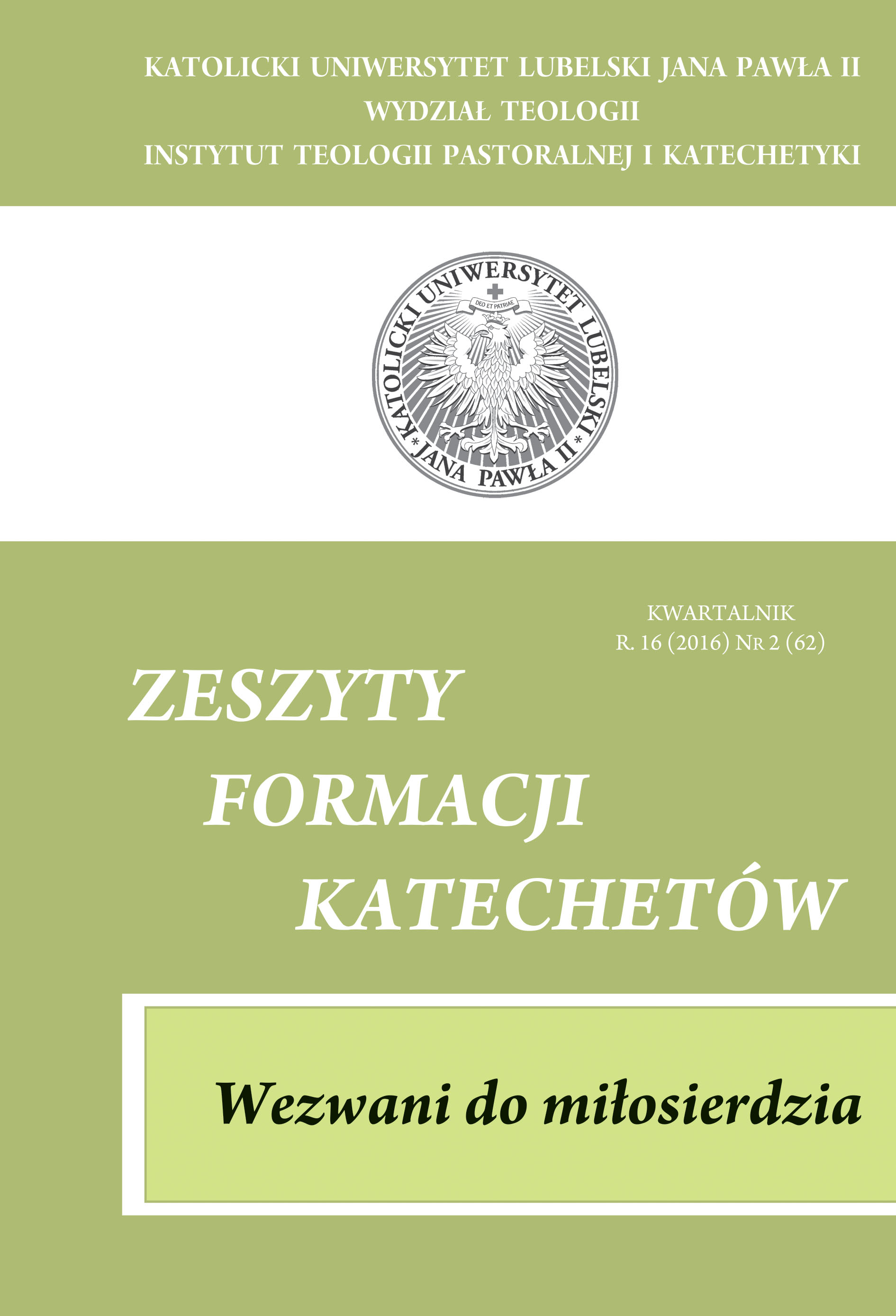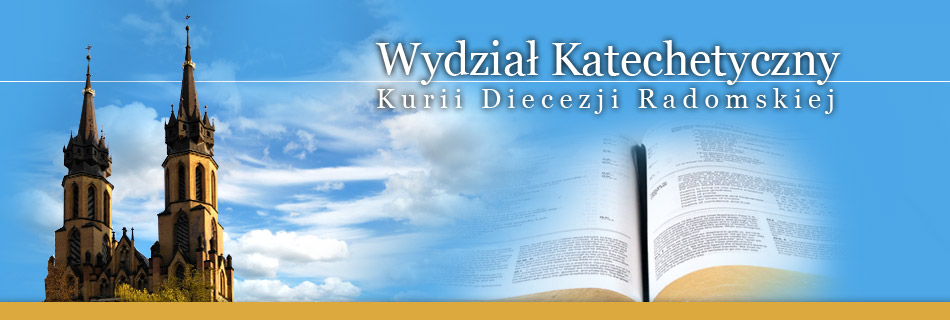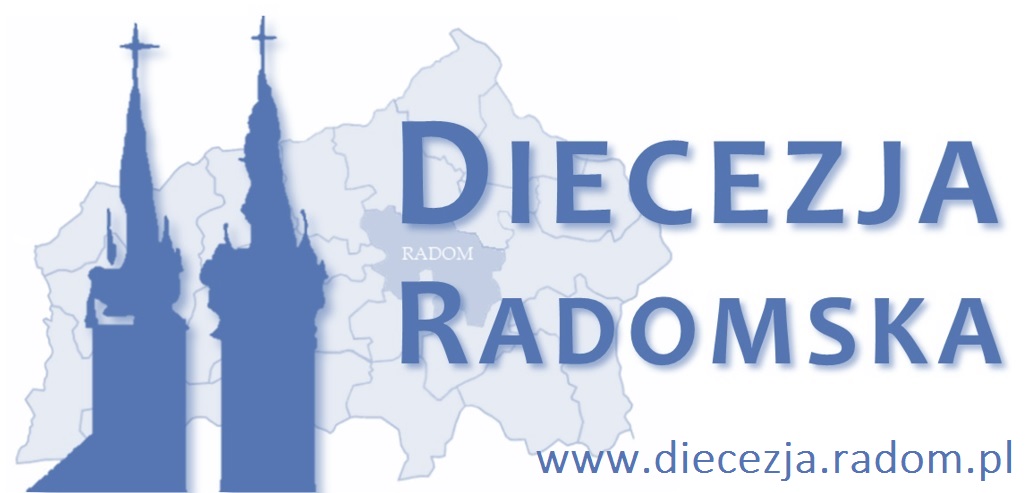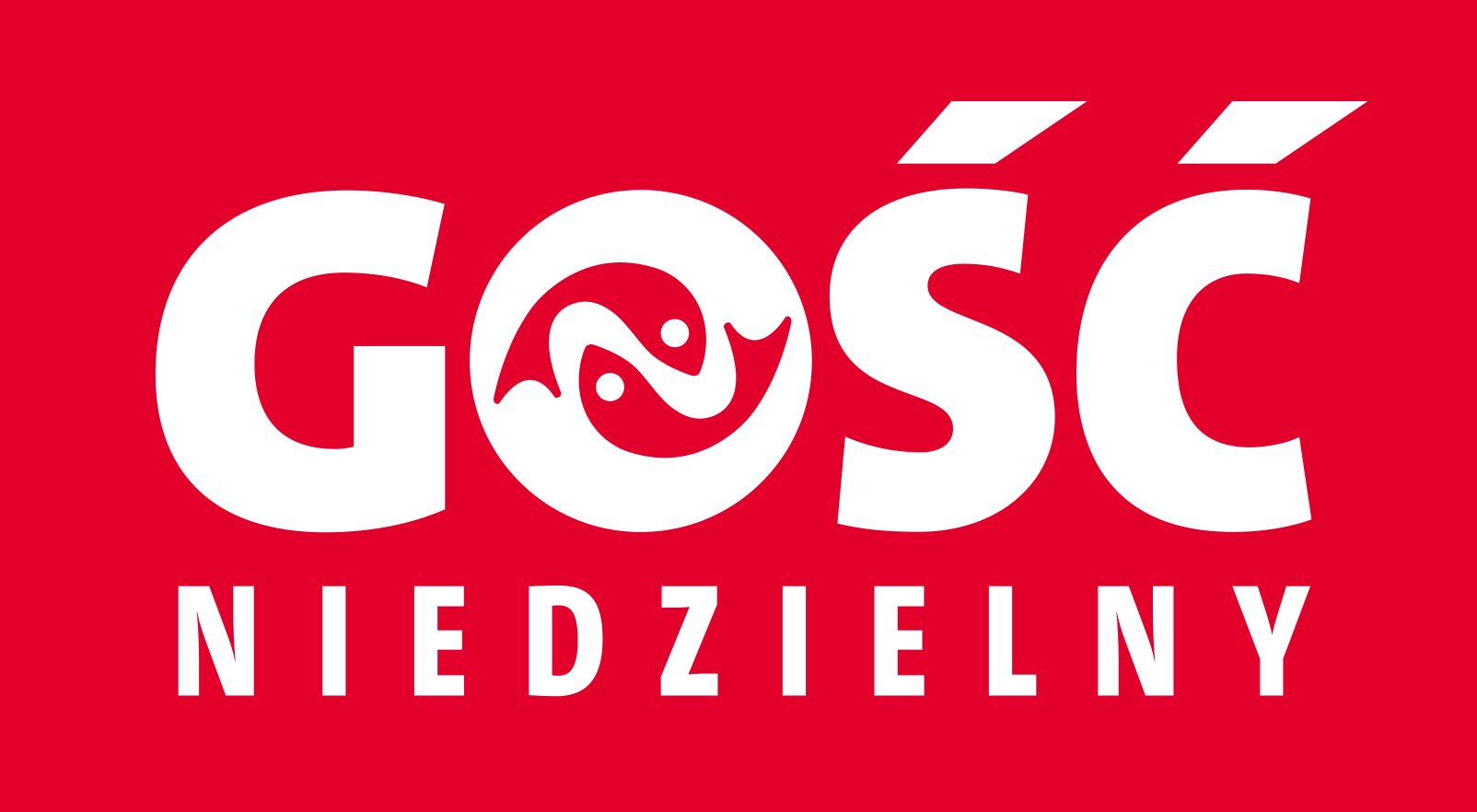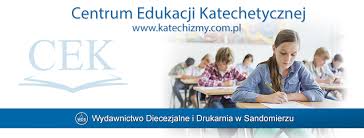How does it look like in hell?„The Converted” by Bolesław Prus
Keywords:
hell, the Converted, Bolesław Prus, infernoAbstract
The motifs of evil, Satan and hell have beenpresent in literature since its origin. Bolesław Prus’short story The Convertedshows hell and its inhabitants –both devils and the damned –through the eyes of the main character: Mr. Luke. In the old man’s dreamy vision, hell emerges as a „world turned upside-down”, a „world turned backwards”. It is not the look of hell orforms of damnation that are the most important here though, but theiressence. As for Prus, hell belongs to the spiritual realm, and its constitutive characteristics are: boredom, stagnation, stupidity, apathy, laziness, sluggishness. The inferno is a state characterized by constancy and motionlessness – „the fossilized world”, the reality devoid of mobility, development and progress. In Prus’ vision, hell frightens not so much with the presence of evil and forms of punishment experienced by the condemned but with the possibility of remaining in „the eternal monotony” -suspending in the space of hopelessness.
References
Balawajder E. (red.), Ksiądz Profesor Stanisław Kowalczyk. Człowiek – uczony – nauczyciel, Sandomierz 2002. Informacje dotyczące osoby i naukowej działalności Księdza Kowalczyka znaleźć można ponadto w: E. Balawajder (red.), Ku prawdzie we wspólnocie człowieka i Boga, Sandomierz 1997.
Biedermann Hans, Diabeł, [w:] tenże, Leksykon symboli, przeł. J. Rubinowicz, Warszawa 2001.
Biedermann, Pająk, [w:] tenże, Leksykon symboli.
Fita Stanisław, „Pozytywista ewangeliczny”. Problematyka religijna w twórczości Bolesława Prusa, [w:] Proza polska w kręgu religijnych inspiracji, pod red. M. Jasińskiej-Wojtkowskiej, K. Dybciaka, Lublin 1993.
Katechizm Kościoła Katolickiego, nr 1035, Poznań 1994.
Kulczycka-Saloni Janina, Bolesław Prus, Warszawa 1967.
Mazan Bogdan, Diabeł w „Trylogii” Henryka Sienkiewicza, [w:] Diabeł w literaturze polskiej, pod red. T. Błażejewskiego, Łódź 1998.
Mazur Aneta, Tematy oniryczne w literaturze polskiej po roku 1863. Przegląd problematyki na wybranych przykładach, „Pamiętnik Literacki” 1990.
Mazur Aneta, Transcendencja realistów. Motywy metafizyczne w polskiej i niemieckiej prozie II połowy XIX wieku, Opole 2001.
Mazur, Tematy oniryczne w literaturze polskiej po roku 1863.
Polak G., Kto jest kim w Kościele, Warszawa 1996
Prus Bolesław, Kroniki, oprac. Z. Szweykowski, t. 4, Warszawa 1955.
Prus Bolesław, Pisma, pod red. Z Szweykowskiego, t. 9: Nawrócony, Warszawa 1948.
Prus Bolesław, Nawrócony.
Rzewuski Henryk, Pamiątki Soplicy, oprac. Z. Szweykowski, Wrocław 2004.
Świętochowski Aleksander, Błazen, [w:] tenże, Pisma, t. 6, Warszawa 1908.
Tomkowski Jan, Sennik Bolesława Prusa, [w:] tenże, Mój pozytywizm, Warszawa 1993.
Wietecha Anna, O krok od rzeczy ostatecznych. „Nawrócony” Bolesława Prusa jako studium ludzkiego doświadczenia, „Acta Humana” 2010, nr 1.
Downloads
Published
How to Cite
Issue
Section
License
Copyright (c) 2016 KATECHISTS' PERIODICAL

This work is licensed under a Creative Commons Attribution-NonCommercial-NoDerivatives 4.0 International License.
